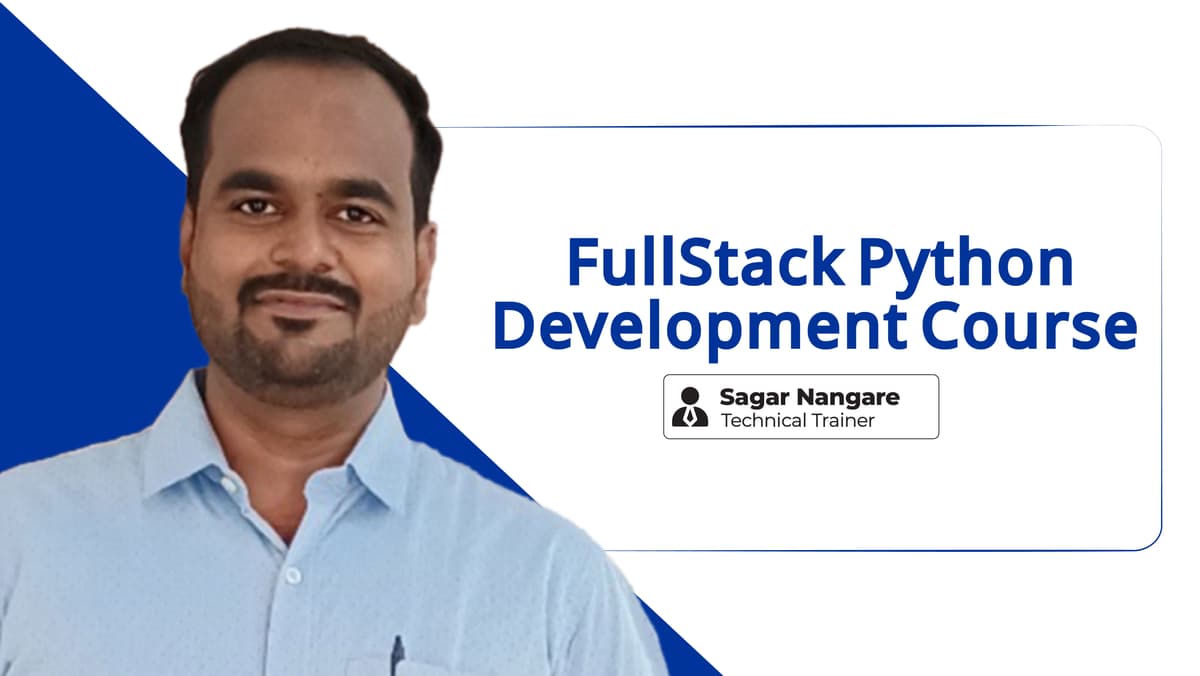Master Python, Django, React, and SQL to build robust web applications

Build a full-featured blog platform with user authentication and content management
Create an e-learning platform with course management and student progress tracking
Develop an inventory management system with real-time updates and reporting
Full Stack Developer
NextGen Softwares
"The Python Full Stack course exceeded my expectations. Sagar Sir’s backend sessions made complex concepts like Django and APIs easy to grasp, while Salman Sir made frontend development with React super engaging and practical."
Junior Software Engineer
InnovaTech
"What I loved most was the balance between theory and hands-on learning. Sagar Sir’s Python backend sessions were detailed and clear, and Salman Sir’s React teaching style made the frontend part really fun to learn!"
Web Developer Intern
BrightCode
"Both Sagar Sir and Salman Sir are excellent mentors. I joined with just basic Python knowledge and now I’m confident building full-stack apps using Django and React. Highly recommended course!"
Software Trainee
DevNova
"This course is perfect for anyone wanting to become a job-ready full stack developer. Sagar Sir’s backend knowledge is top-notch, and Salman Sir’s React guidance helped me finally understand how the frontend and backend connect."
Backend Developer
TechMount
"Sagar Sir made backend development with Python and Django so approachable, and Salman Sir tied it all together beautifully with React. The course projects felt real and gave me the confidence to apply for full stack roles."
This is to certify that
has successfully completed the
Duration
6 months
Level
From Basic To Advance
Issued on November 17, 2025
This certificate verifies the successful completion of the course
Live Interactive Classes
Comprehensive Curriculum
Real-World Applications
Expert Guidance
Course Completion
Career Assistance

Python Developer
8+ years experience
Sagar Nangare is a Python expert with extensive experience in Django, full-stack development, Data Science, Machine Learning, and Data Analysis. He is passionate about teaching and helping students learn Python and related technologies.

MERN Developer & Trainer
3+ years experience
I love solving problems, creating things from scratch, and sharing what I’ve learned along the way. Teaching is something I truly enjoy, and I'm here to help you grow into a confident and capable developer.